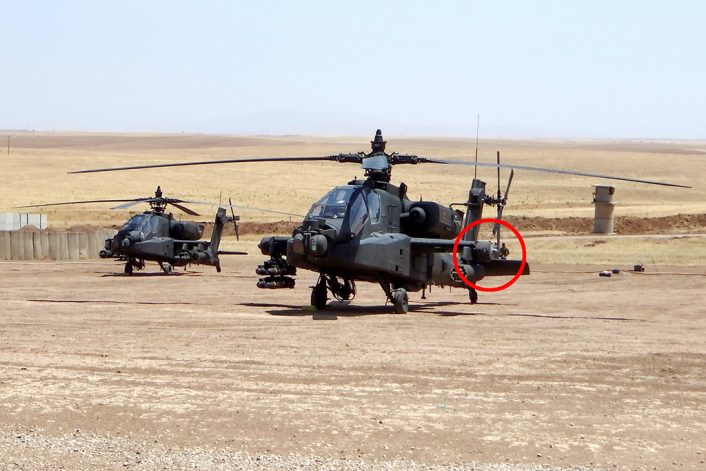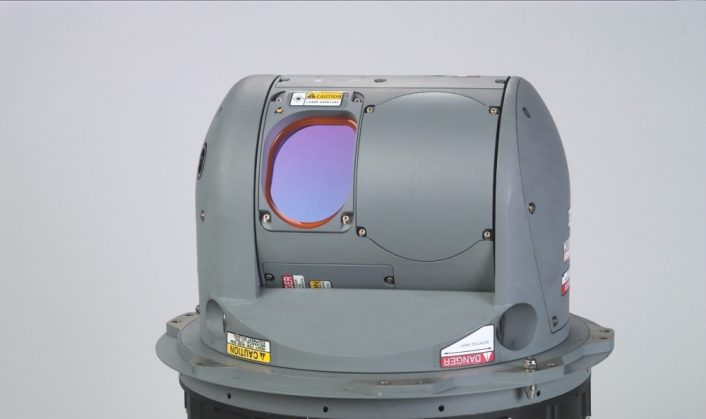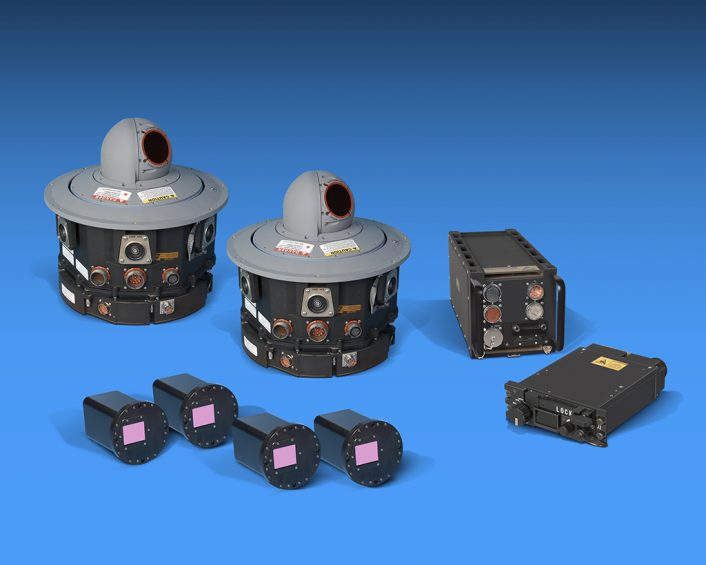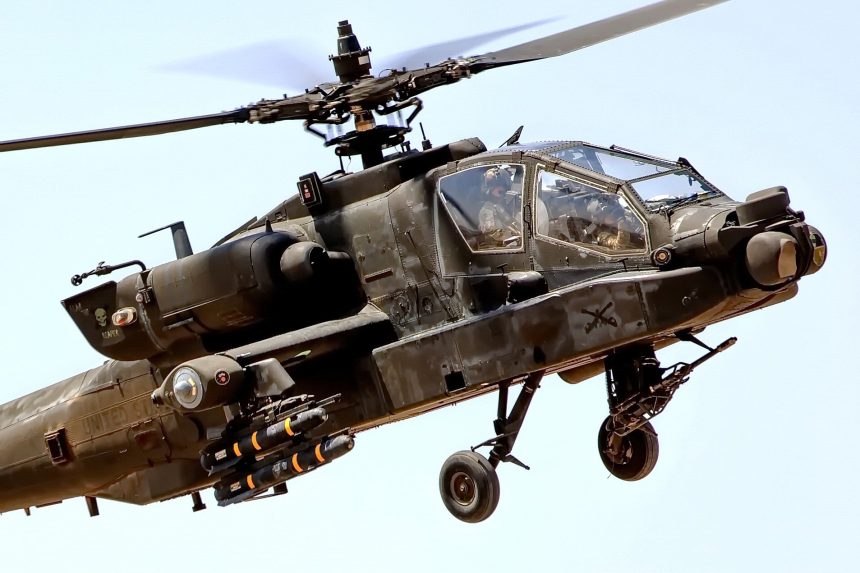Here are some interesting shots of U.S. Army attack choppers equipped with LAIRCM.
U.S. Army AH-64E Apache attack choppers supporting the fight against Daesh in Syria and Iraq have received Northrop Grumman’s AN/AAQ-24 large aircraft infrared countermeasure (LAIRCM) system.
According to the service, the 4th Squadron, 6th Cavalry Regiment was the first unit to operate the U.S. Army’s new LAIRCM aircraft survivability equipment in combat last summer. LAIRCM is a DIRCM (Directional Infrared Counter Measures) an acronym used to describe any infrared countermeasure system that tracks and directs energy towards heat seeking missiles.
Several U.S. Army helicopters provide support to Operation Inherent Resolve: rotary-wing assets operate from multiple Forward Arming and Refueling Points (FARPs) in the region, pairing with RQ-7Bv2 Shadow Unmanned Aerial System, which performs reconnaissance and surveillance for the coalition forces. The Shadow UAS identifies enemy personnel and hands the target off to either the AH-64E Apache helos or to the MQ-1C “Gray Eagle” drones, the two U.S. Army’s air strike platforms in theatre.

In order to perform their tasks, the attack helicopters operate at low altitude, well within the envelope of MANPADS (Man Portable Air Defense Systems) possibly in the hands of Daesh fighters. Shoulder-fired missiles have long been a concern in Syria, especially in the past years when MANPADS were occasionally used (also by Free Syrian Army militants to bring down Assad regime helicopters).
MANPADS in ISIS hands have made the Syrian battlefield more dangerous to low flying helos and aircraft as proved by the fact that U.S. and coalition aircraft have been targeted by man-portable systems while flying their missions over Syria in the past. For this reason, the U.S. Army Apaches have been equipped with what appears to be the Department of the Navy Large Aircraft Infrared Countermeasure (DON LAIRCM) system with the Advanced Threat Warning (ATW) upgrade.

The DON LAIRCM system, a variant of the U.S. Air Force LAIRCM system for fixed wing aircraft, is a defensive system designed to protect the asset against surface-to-air infrared missile threats. According to official documents, the system combines two-color infrared missile warning sensors with the Guardian Laser Transmitter Assembly (GLTA). The missile warning sensor detects an oncoming missile threat and sends the information to the processor, which then notifies the crew through the control interface unit and simultaneously directs the GLTA to slew to and begin jamming the threat.
The ATW capability upgrades the processor and missile warning sensors to provide improved missile detection, and adds hostile fire and laser warning capability with visual/audio alerts to the pilots.

The U.S. Navy plans to fully integrate the DON LAIRCM ATW system on the MV-22 and KC-130J with the mission system software whereas the Army plans to integrate AH-64, UH/HH-60, and CH-47 helicopters.
H/T Babak Taghvaee for providing the images of the AH-64Es included in this post.









